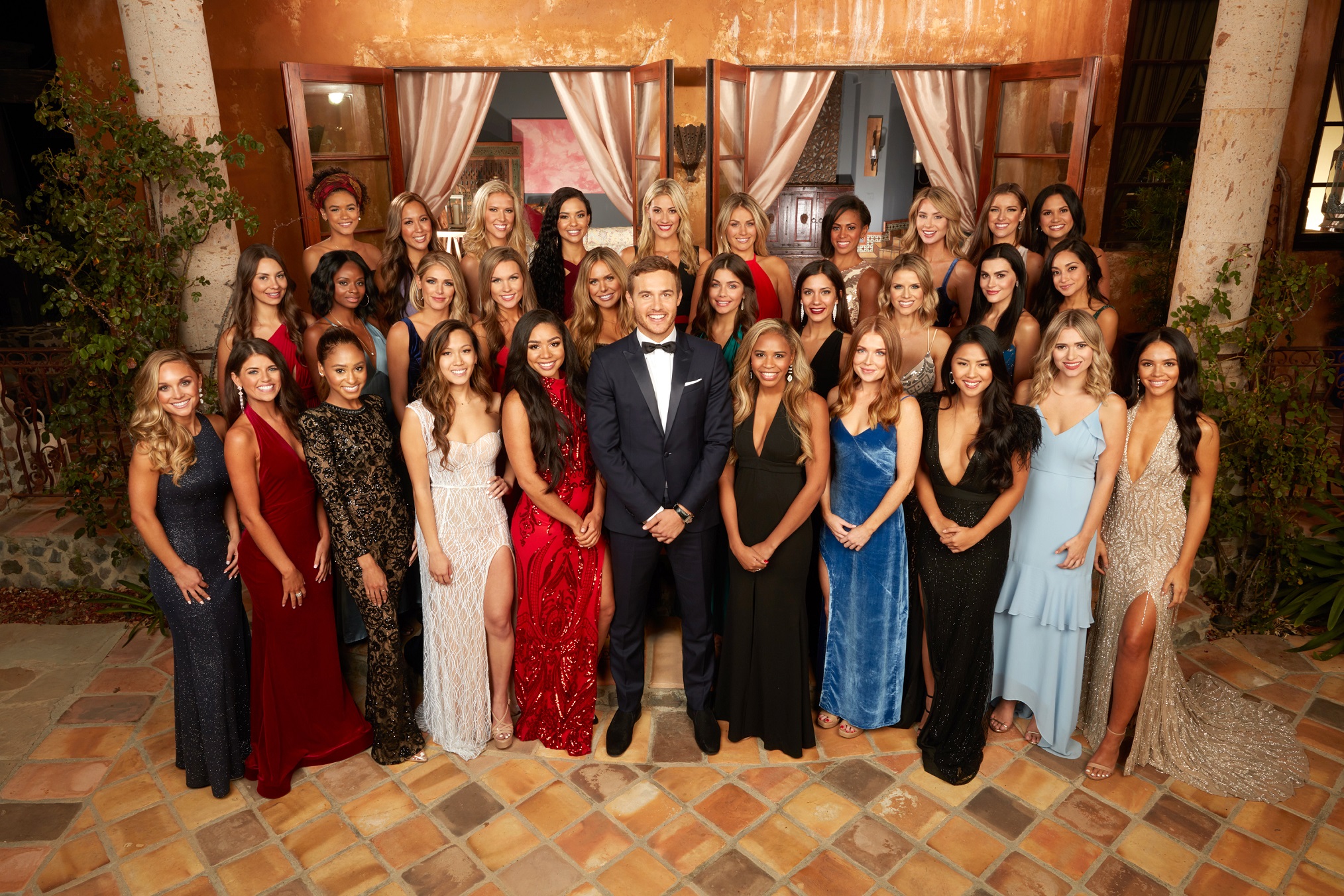How Judges Apply the Supremacy Clause in Legal Conflicts
Understanding the Supremacy Clause and Judicial Duty
The Supremacy Clause , found in Article VI, Clause 2 of the United States Constitution, establishes that the Constitution, federal laws made pursuant to it, and treaties made under the authority of the United States are the “supreme Law of the Land.” This means that, in the event of any conflict between federal and state law, federal law prevails . Judges in every state are explicitly bound by the Supremacy Clause, requiring them to support federal law over any conflicting state law or constitution [1] [2] [3] .
Judicial Obligations in Legal Conflicts
When a legal conflict arises between federal and state law, a judge’s mandatory duty is to uphold and enforce federal law, even if state law states otherwise. This principle is not discretionary; the Constitution’s wording makes clear that “the Judges in every State shall be bound thereby, any Thing in the Constitution or Laws of any State to the Contrary notwithstanding.” Judges must set aside state laws or constitutions that conflict with federal law [3] .

Source: youtube.com
For instance, if a state statute criminalizes behavior that is protected under federal law, the judge must dismiss state charges in favor of federal protection. Conversely, if a state law provides a right that federal law restricts, the judge must apply the federal restriction.
Practical Application: Step-by-Step Guidance
Understanding how judges apply the Supremacy Clause can empower individuals and legal professionals to navigate conflict scenarios. Here are the steps involved in a judicial decision-making process when confronted by conflicting laws:
- Identify the Laws in Conflict: The first step is to clearly delineate the provisions of both state and federal law at issue. Judges must examine statutory language, legislative intent, and relevant legal precedents.
- Determine Federal Law’s Scope: Judges must assess whether the federal law in question is valid, made pursuant to the Constitution, and whether Congress intended it to preempt state law. Preemption may be explicit (clearly stated in the federal law) or implied (where compliance with both laws is impossible, or the federal regulatory scheme is so pervasive that it overrides state regulation) [2] [4] .
- Apply Federal Law: If federal law is found to preempt state law, judges must apply federal law and disregard conflicting state provisions. This may involve invalidating a state statute, overturning a lower court decision, or issuing an order to enforce federal rights.
- Issue a Ruling: The judge makes a ruling based on the supremacy of federal law, providing a written decision that explains the legal reasoning and cites the Supremacy Clause as authority.
Examples of Supremacy Clause Application
Real-world cases illustrate how judges fulfill their constitutional duty:

Source: airdroid.com
- Medical Marijuana Laws: Some states have legalized medical marijuana, but federal law (the Controlled Substances Act) prohibits it. When prosecuted under state law, defendants may argue for federal protection. In practice, federal law takes precedence, and judges must follow federal statutes in conflict scenarios.
- Immigration Enforcement: States may pass laws regarding immigration, but federal immigration statutes and policies override conflicting state regulation. For example, Arizona’s SB 1070 law was partially struck down by the Supreme Court because it conflicted with federal immigration policy [2] .
Challenges and Considerations for Judges
While the Supremacy Clause provides clear guidance, judges must still analyze complex statutory language, legislative intent, and evolving federal-state dynamics. Key challenges include:
- Ambiguity of Legislative Intent: Determining whether Congress intended to preempt state law can be difficult. Judges rely on statutory interpretation, legislative history, and judicial precedent.
- Constitutional Limits: Federal law must itself be constitutional. If a federal statute exceeds Congress’s constitutional authority, judges may invalidate it. This is part of judicial review, where courts ensure federal acts are made “in Pursuance” of the Constitution [3] .
- Areas of Traditional State Regulation: In domains such as family law, property, or education, judges are cautious about finding federal preemption unless Congress’s intent is clear and explicit [4] .
Alternative Pathways and How to Access Legal Remedies
For individuals and organizations facing a conflict between state and federal law, several pathways are available:
- Consult Legal Counsel: Attorneys can advise on how the Supremacy Clause may affect your case and help prepare arguments that invoke federal preemption.
- File in Federal Court: If a state law conflicts with federal law, parties may file suit in federal court, where judges are bound to apply the Supremacy Clause.
- Seek Judicial Review: If a law is believed to be unconstitutional, parties may seek judicial review. Judges will assess whether the law is “made in Pursuance” of the Constitution.
- Contact Relevant Agencies: For regulatory or administrative conflicts, contacting federal agencies (such as the Department of Justice for civil rights issues) can provide guidance on applicable federal law. For agency contact information, search for the agency name plus “official website” (e.g., “Department of Justice official website”).
Key Takeaways for Legal Professionals and the Public
The Supremacy Clause is a foundational principle ensuring the uniform application of federal law across all states. Judges are constitutionally obligated to set aside state law in favor of federal law when conflicts arise. Understanding this duty is critical for legal professionals, business leaders, and individuals navigating the U.S. legal system.
If you encounter a legal conflict involving state and federal law, consider the following steps:
- Research the specific state and federal statutes involved.
- Consult qualified legal counsel for advice on preemption issues.
- Seek remedies in federal court when necessary.
- Contact relevant federal agencies for guidance on regulatory matters.
For further information and case examples, review current Supreme Court decisions and consult the official websites of federal agencies and the U.S. Courts system.
References
- Wikipedia (2024). Supremacy Clause overview and text.
- Thomson Reuters Legal Glossary (2025). Supremacy Clause definition and case studies.
- National Constitution Center (2024). Supremacy Clause interpretation and judicial obligations.
- Cornell Law School Wex (2024). Supremacy Clause and preemption doctrine.
MORE FROM mumsearch.com













